Mortal Kombat isn’t just a fighting game series – it’s a pop culture icon. Since the early ’90s, MK has shocked, thrilled, and entertained fans around the world with its over-the-top violence, iconic characters, and brutal finishing moves. But with so many entries over the decades, which one truly stands out as the best? Let’s take a tour through the blood-soaked history of Mortal Kombat, looking at the games that shaped the franchise and what made them special. Every game listed below gets at least 10 sentences of love (or critique). Buckle up – this won’t be a flawless victory for all.
Level up your fun with quick and easy PC game keys from Punktid
Mortal Kombat (1992)
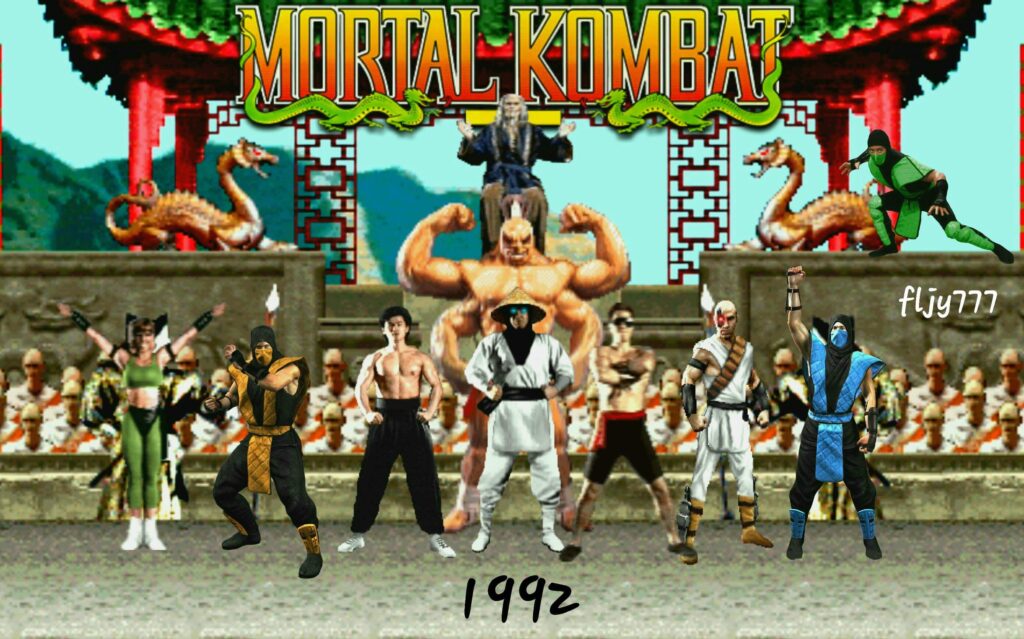
The one that started it all. This arcade classic introduced us to Scorpion, Sub-Zero, Raiden, and the concept of fatalities. It shocked the world with its violence and digitized sprites, creating a sensation that rippled through gaming culture. The roster was small but iconic, and the gameplay, while clunky by today’s standards, was groundbreaking. It wasn’t just a game—it was a statement. The visuals were gritty, the sound effects were punchy, and it became the poster child for video game violence controversies.
Its impact on the ESRB rating system can’t be overstated. Mechanics were basic, but the formula worked. People played this game over and over just to see the finishing moves. Mortal Kombat laid the foundation for everything that came next.
Mortal Kombat II (1993)
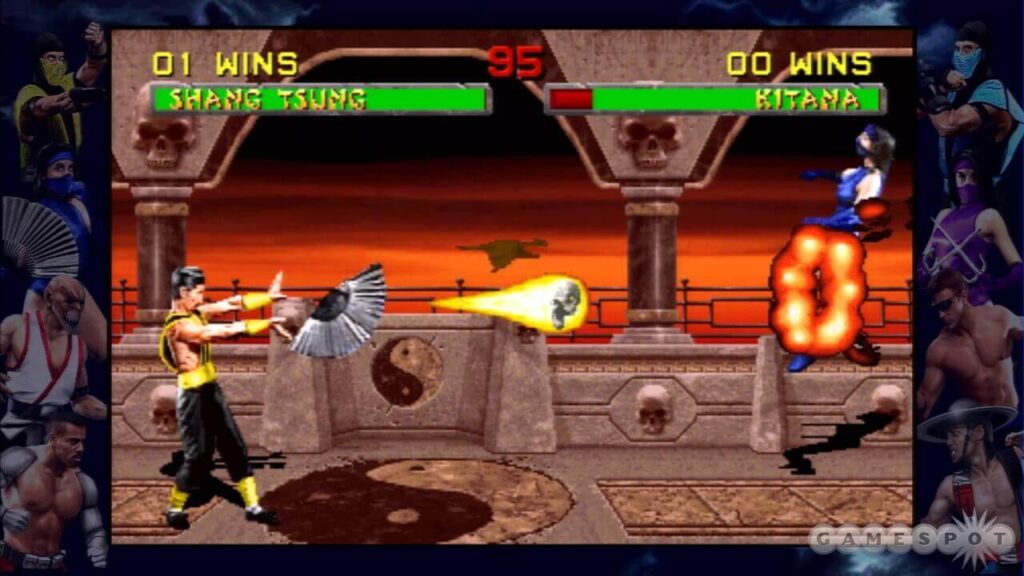
If the first game opened the door, MKII kicked it off the hinges. It improved everything: more characters, more stages, faster gameplay, and way more gore. New characters like Kitana, Mileena, and Jax added depth and diversity. The fatalities were gorier, the stages were more colorful, and the secrets ran deep. Hidden characters, stage fatalities, and Friendships added layers of intrigue.
MKII set a standard not just for Mortal Kombat but for fighting games in general. The controls were smoother, combos more fluid. Arcades were flooded with players lining up to throw down. It’s considered by many as the golden age of Mortal Kombat. This is where the series truly became legendary.
Mortal Kombat 3 (1995)
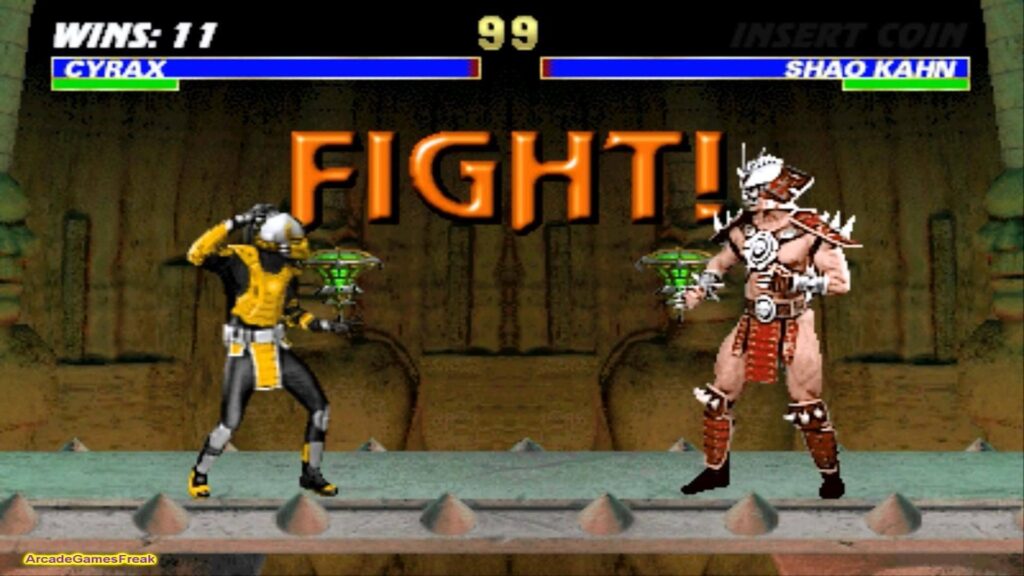
MK3 tried something different. It introduced a run button, dial-a-combos, and a modern aesthetic. The tone shifted from mythological to urban-industrial. Characters like Sektor, Cyrax, Sindel, and Kabal joined the fray, expanding the lore. However, the absence of Scorpion in the base version rubbed fans the wrong way.
Ultimate MK3 quickly patched that with a larger roster and better balance. The gameplay was fast and aggressive, maybe too much so for casual players. Still, it was ambitious, bold, and extremely competitive. Stage transitions and animalities brought a new level of chaos. This era marked MK’s arcade peak.
Mortal Kombat 4 (1997)
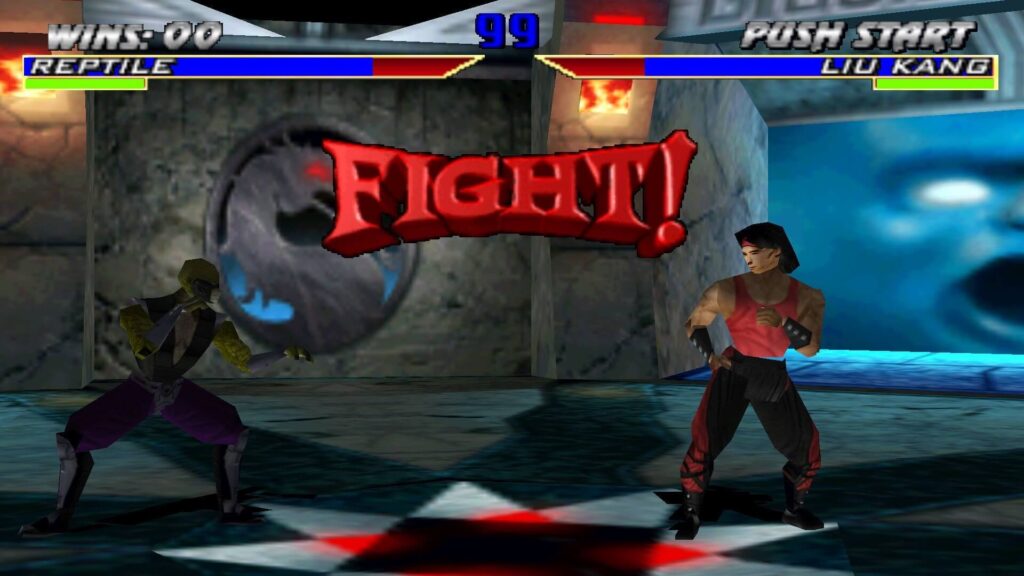
MK’s jump to 3D was rocky. Mortal Kombat 4 brought polygonal characters and 3D environments but felt awkward. The gameplay lacked the weight and precision of its 2D predecessors. Weapons were added, but they felt gimmicky. Still, the fatalities were as savage as ever.
The introduction of characters like Shinnok and Quan Chi helped expand the story. The voice acting was laughable in hindsight, but charming in a B-movie way. MK4 struggled to find its place but tried hard to modernize the formula. It’s not the most beloved, but it’s an important step in the franchise’s evolution.
Mortal Kombat: Deadly Alliance (2002)
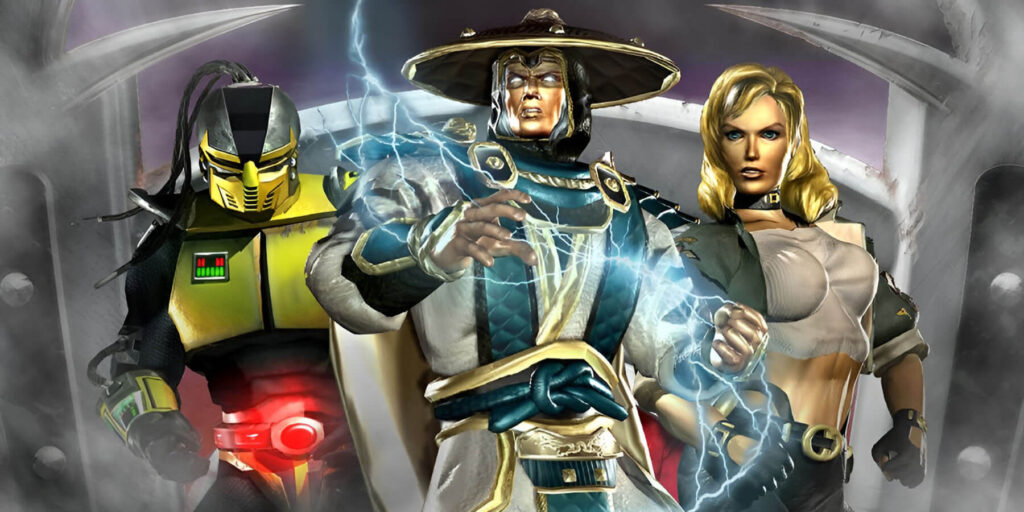
This game was a breath of fresh air. Deadly Alliance dropped arcade roots for console-first design. It introduced fighting styles per character, allowing mid-match stance switching. The story took bold turns—Liu Kang died in the opening. Characters like Kenshi and Frost stood out in a strong new roster.
The Krypt system for unlockables was clever and addictive. Visually, it looked solid for the era. The gameplay was slower but deeper. It didn’t bring back everything fans expected, but it dared to try something different. For many, this was a new era done right.
Mortal Kombat: Deception (2004)

Building on Deadly Alliance, Deception brought content overload. It included Chess Kombat, Puzzle Kombat, and Konquest Mode—mini-games that actually had charm. The combat tightened up, fatalities returned in style, and death traps added environmental kills.
Online play debuted, a huge step forward. The Krypt expanded, and hidden content was everywhere. Characters like Havik and Hotaru showed the team wasn’t afraid to experiment. The game wasn’t perfect but was full of heart. Deception is remembered as one of the most content-rich entries ever.
Mortal Kombat: Armageddon (2006)

Every character. Every arena. That was the promise—and Armageddon delivered. The roster had over 60 fighters, which was both a blessing and a curse. Customization peaked with the Kreate-a-Fighter mode. Motor Kombat was MK’s version of Mario Kart (and not bad).
But the fatalities were simplified, and the fighting mechanics began to feel stretched. Balance issues were obvious. Still, for pure fan service, Armageddon was unbeatable. It served as a celebration of everything that came before.
Mortal Kombat vs. DC Universe (2008)

This crossover was unexpected. DC heroes clashed with MK warriors in a more toned-down, T-rated brawler. Fatalities were softened into “Heroic Brutalities.” Yet, the game introduced a surprisingly good story mode—something NetherRealm would perfect later.
Combat felt solid, though less gory. Seeing Batman vs. Scorpion was worth the price of admission. It wasn’t beloved by hardcore fans, but it brought MK back into relevance. This was a stepping stone to something greater.
Mortal Kombat (2011)
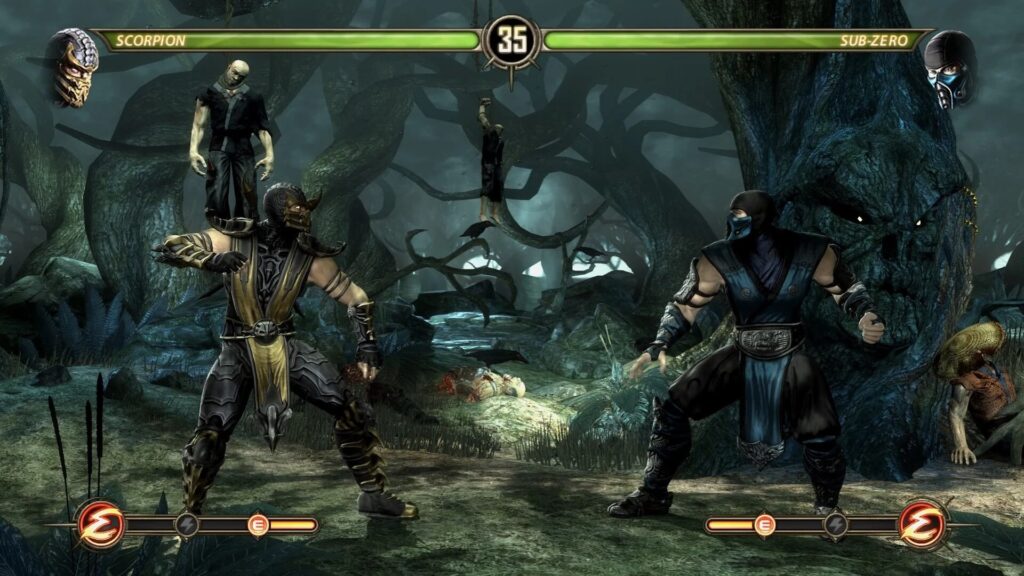
MK9 was a soft reboot and a triumph. It retold the first three games with modern visuals and gameplay. The story mode was deep, cinematic, and revolutionary for the genre. X-ray moves were a brutal new addition.
Combos were fluid, balance was tight, and the roster was a perfect blend of old and new. This is where competitive MK truly began to thrive again. Online was robust, and DLC characters were strong. It redefined what Mortal Kombat could be.
Mortal Kombat X (2015)
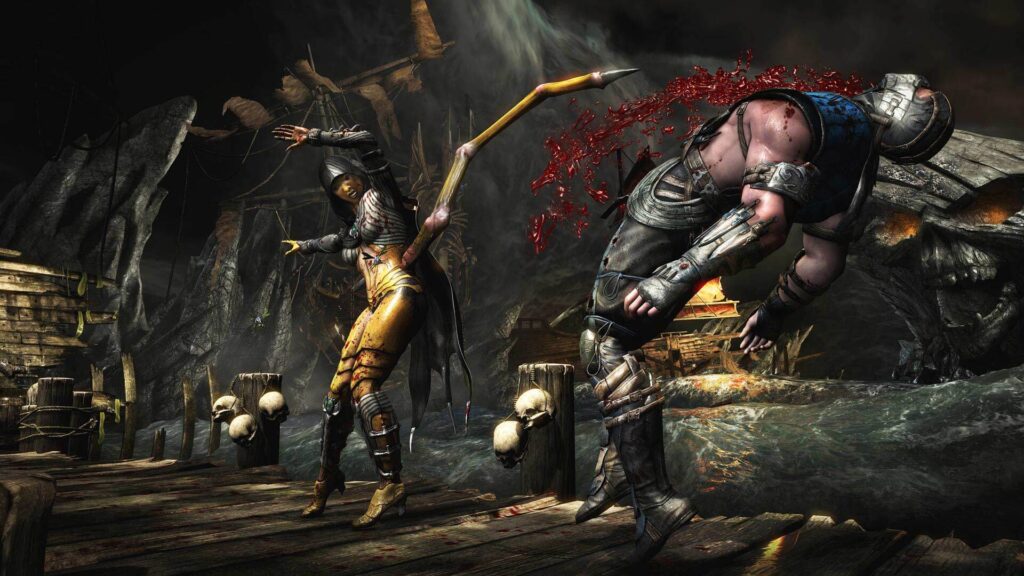
MKX brought speed and aggression. Character variations added depth and strategy. New faces like Cassie Cage and D’Vorah impressed. The story pushed forward, with a new generation taking over.
Fatalities were more brutal than ever. Environmental interactions kept gameplay dynamic. Online play improved, and the overall tone was more serious. This game cemented MK as a top-tier competitive fighter.
Mortal Kombat 11 (2019)

MK11 refined everything. Slower, more methodical gameplay suited tactical players. Fatal Blows replaced X-rays and offered comeback potential. Visuals were stunning. The story was bonkers, with time travel and alternate timelines.
Customization became huge—you could tweak everything. The Krypt was a third-person puzzle adventure. MK11 also dominated the esports scene. For many, it’s the most complete MK ever made.
Mortal Kombat 1 (2023)
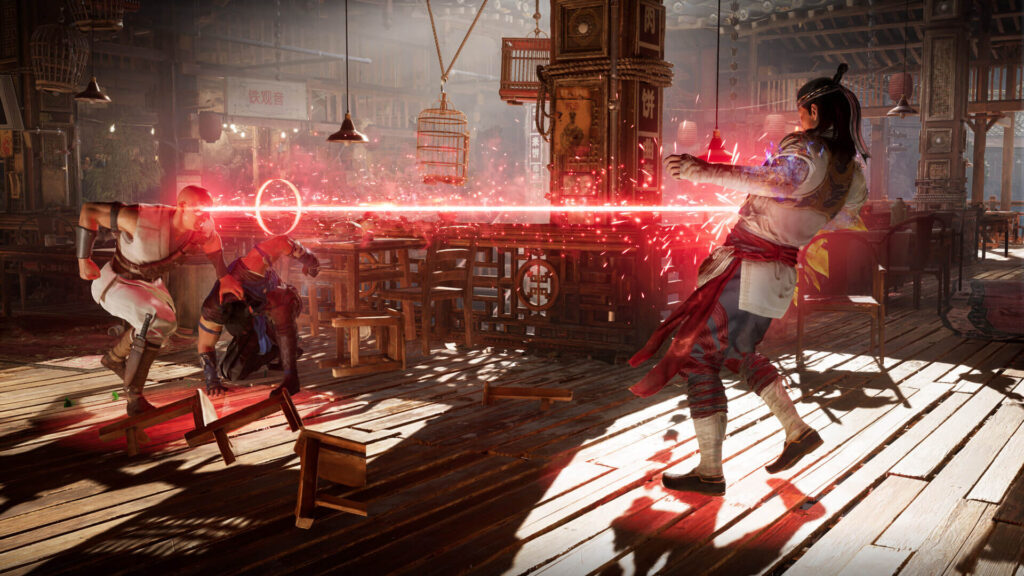
The reboot within a reboot. Liu Kang reshapes the timeline. Kameo fighters bring assists and combo extensions. Visuals are jaw-dropping. The story reimagines classic characters in clever ways.
Combat is fast but readable. Online play is excellent. The seasonal Invasions mode adds replay value. It’s the freshest MK in years and points toward a bold future.
Final Thoughts
Whether you favor the pixelated gore of the ‘90s or the cinematic polish of modern MK, there’s something for every fan. Mortal Kombat has never been afraid to evolve—and that’s why it’s endured. Each game reflects its time and player base.
But if we had to choose? MK9, MK11, and MK1 (2023) stand tall. They honor the past while pushing forward. And with each spine ripped and each fatality landed, one thing is clear: Mortal Kombat is still the king of fighting games.
FINISH HIM!

